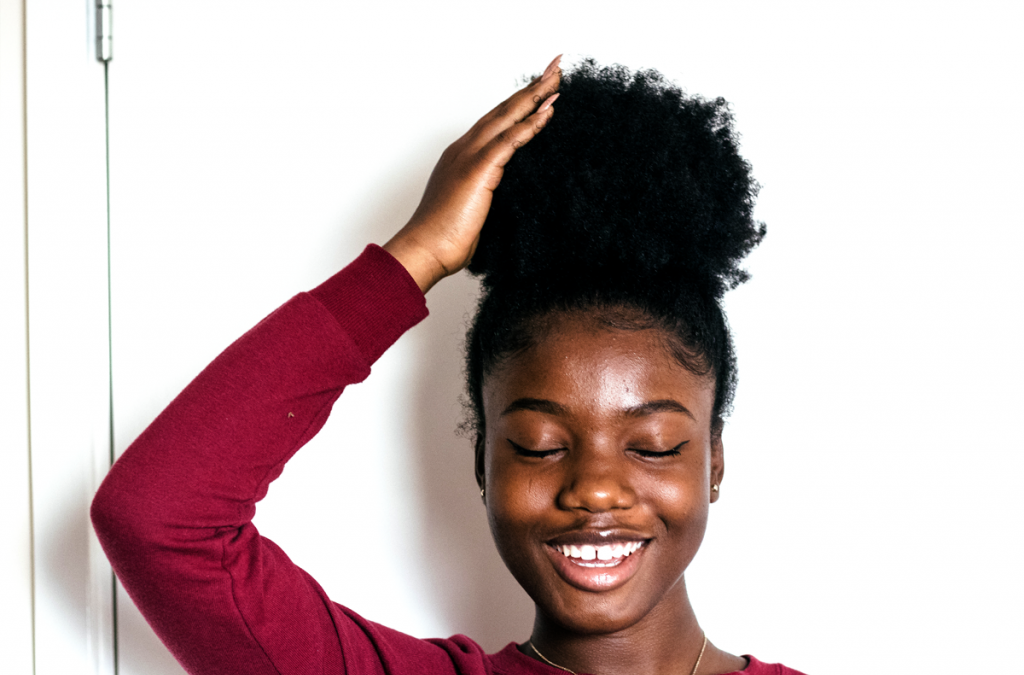Skin lightening practices have gradually become ingrained in our urban culture with majority of women (and men) being faced with the decision to lighten their skin from as early on as their secondary school days. It’s no more odd to see a woman whose skin color varies distinctly from her family’s or her childhood pics and as more people openly verbalize their affiliations to #teamlightskin the practice becomes deeply entrenched.
These practices have gained popularity for many reasons, foremost of which is the issue of colorism. Colorism is prejudice or discrimination against individuals with a dark skin tone, typically among people of the same ethnic or racial group. So many women and men- because this issue has progressed to almost uniformly affect both sexes, have been discriminated against because of their skin color. Lighter skin has been associated with better job opportunities in some sectors of the economy like the banking sector and the media. Lighter skin has been shown to be more attractive to the opposite sex and society celebrates the birth of a lighter skinned child almost as much as they celebrate the birth of a boy child. Lighter skin has also been associated with a higher self-esteem probably as a consequence of the effects of colorism. Prejudice against an individual with a darker skin tone is no different from apartheid or racism which were issues of international concern. The difference is its subtlety, as many would deny the problem even exists in the magnitude that it has been described.
Skin lightening practices are enshrouded in even more layers of darkness. One of them is the constant battle to overcome and mask the side effects attributable to the use of these agents. Common skin complications include stretch marks which are usually wide, dark or red and ugly compared by some to a tear in a fabric and common on the arms, thighs, buttocks, breasts and belly. Another complication is thin skin which is injured by mild physical contact and is very difficult for a doctor to sew together during surgical emergencies. There have also been reports of body odour because of the chemical reactions of the agents with sebum, poor wound healing, abnormal growth of hair on the face and chest, a myriad of skin infections especially fungal and bacterial infections, a worsening of skin conditions like acne and increased risk of sunburns and deposition of a dark pigment in some sun-exposed areas of the body. The most tragic long term skin complication of skin lightening is the increased risk of skin cancer.
Alarmingly, application of lightening agents on the skin have also been associated with some systemic complications like obesity, diabetes, hypertension, liver disease and kidney disease. Case reports and research have shown an association between these systemic diseases and application of lightening creams or soaps which contain agents like mercury, hydroquinone and steroids on the skin for an extended duration of time. A lot of women who develop any of the above side effects are ill- advised to switch to another brand of skin lightening agents and finally see the dermatologist or other health professional when it is too late. Women fear the stigma associated with cessation of bleaching practices as the re-pigmentation makes them feel less confident, less beautiful and judged. So many hide the side effects in a cloak of darkness and continue to bask in the pseudo-euphoria of belonging to #teamlightskin.
Advances in the beauty industry mean that there are potentially safer albeit more expensive bleaching options and these are marketed as pills, injections and organic brands. Some women have even begun bleaching their unborn children by taking pills that could potentially cause birth defects. Science is ever evolving and like the drug Thalidomide which was considered safe till after years of use it was found to cause severe birth defects in babies, some skin lightening practices could be considered safe now and their side effects only revealed years after use. There are also some side effects which occur regardless of the safety profile of the skin lightening agent used. These are attributed to the removal of one’s melanin pigment which serves to protect from the harmful UV rays of the sun and include sun burns and photoaging which is described as premature ageing of the skin caused by repeated exposure to ultraviolet radiation (UV), primarily from the sun and the increased risk of skin cancer.
Ending colorism and empowering every African to embrace melanin is the only way we can kick skin lightening practices off the continent. The physical and psychological long term effects are not worth the short-lived hype. Patients have died from kidney diseases attributable to long term exposure to toxins in skin lightening agents, others are living with chronic diseases and self-esteem issues. The government regulatory bodies and legislators have a role to play in restricting access to these harmful agents but until they do, self-preservation is key and so is being our brother’s keeper. Say no to skin lightening practices, beauty is never to die for!



Recent Comments